Sleeping Positions and Safety Precautions for Babies
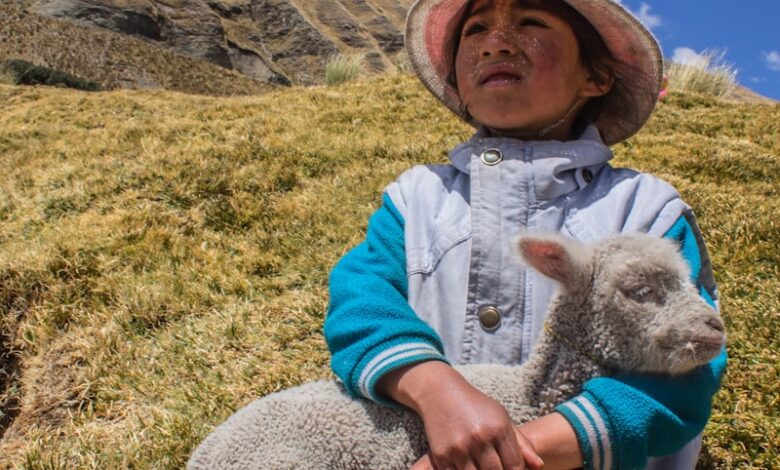
When it comes to our precious little ones, their safety and well-being are always at the forefront of our minds. One important aspect of ensuring their safety is understanding the best sleeping positions for babies. By adopting proper sleeping positions and following essential safety precautions, we can create a safe sleep environment for our infants.
One of the recommended sleeping positions for babies is placing them on their back. The Back to Sleep campaign, initiated by healthcare professionals, encourages parents to put their babies to sleep on their backs to reduce the risk of Sudden Infant Death Syndrome (SIDS). This position helps keep their airways open, minimizing the chances of suffocation or overheating.
While the back position is generally considered the safest, it’s also crucial to provide variation and prevent the development of flat spots on the baby’s head. To achieve this, you can alternate the direction in which your baby’s head faces while sleeping. For example, one night, place the baby’s head towards the left, and the next night, towards the right. This simple rotation helps evenly distribute pressure on the skull and promotes healthy head shape development.
Additionally, using a firm mattress specifically designed for infants is essential. Avoid placing your baby to sleep on soft surfaces like pillows, cushions, or waterbeds, as they can pose suffocation hazards. Keep the crib free from excess bedding, stuffed toys, blankets, and other loose objects that could cover the baby’s face during sleep.
It’s natural for parents to worry about their baby’s comfort during sleep. However, it’s important not to overbundle them with excessive clothing or blankets. Dress your baby in appropriate sleepwear suitable for the room temperature. Overheating can increase the risk of SIDS, so it’s vital to maintain a comfortable and safe sleep environment.
Ensuring the safety of our babies during sleep is paramount. By following recommended sleeping positions, such as placing them on their back, and implementing necessary safety precautions, we can significantly reduce the risk of SIDS and create a secure sleep environment for our little ones. Remember to always consult with healthcare professionals for additional guidance on sleep safety practices for babies.
New Study Reveals Best Sleeping Positions for Babies: Ensuring Safe and Sound Slumber
Did you know that the way your baby sleeps can significantly impact their safety and overall sleep quality? A new study has recently shed light on the best sleeping positions for babies, ensuring they have a safe and sound slumber. In this article, we will explore these findings and provide you with valuable insights to help your little one sleep peacefully.
One of the most important aspects highlighted in the study is the recommendation for babies to sleep on their backs. This position, also known as the supine position, is considered the safest for infants up to one year old. By placing your baby on their back to sleep, you reduce the risk of sudden infant death syndrome (SIDS). This position helps keep the airways clear and allows for better breathing throughout the night.
While sleeping on the back is the preferred position, it’s natural for babies to move around during sleep. As they grow older and start rolling over, you might find them sleeping on their sides or even their tummies. It’s crucial to ensure that the sleeping surface is safe and free from any potential hazards when this happens. Always remove pillows, soft bedding, and stuffed animals from the crib, as they can pose suffocation risks.
If you notice your baby consistently rolling onto their tummy during sleep, it’s generally safe to leave them in that position. However, if your baby is unable to roll back onto their back independently, gently turn them over. It’s essential to strike a balance between allowing your baby to find a comfortable position and ensuring their safety.
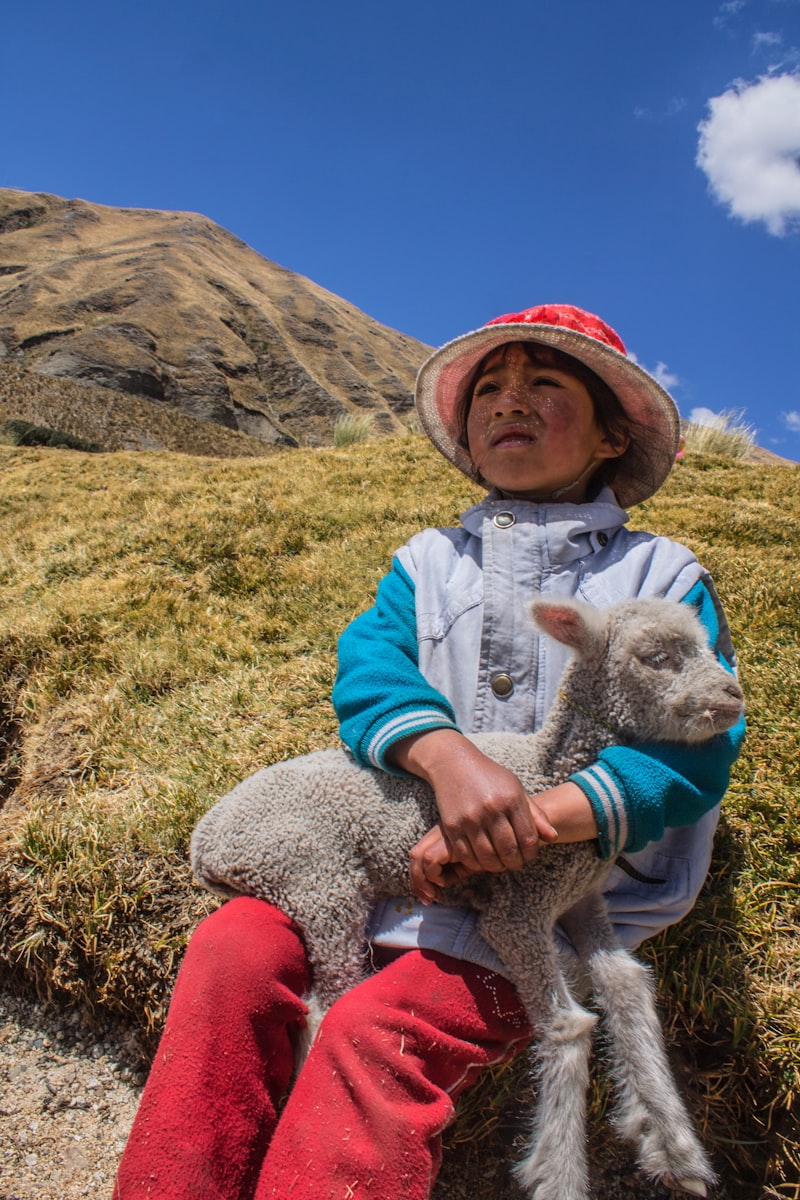
To further enhance your baby’s sleep environment, consider using a firm mattress and a fitted sheet designed specifically for cribs. Avoid placing your baby to sleep on sofas, waterbeds, or other soft surfaces that could increase the risk of accidents.
Remember, every baby is unique, and what works for one may not work for another. Pay attention to your baby’s cues and consult with your pediatrician if you have any concerns. With the right sleeping position and a safe sleep environment, you can promote a restful slumber for your little one, giving both of you peace of mind.
So, embrace these findings from the study and ensure that your baby enjoys a safe and sound sleep by adopting the recommended sleeping positions. Sleep tight, little one!
Sleeping Safely: Expert Tips on Choosing the Right Position for Your Baby
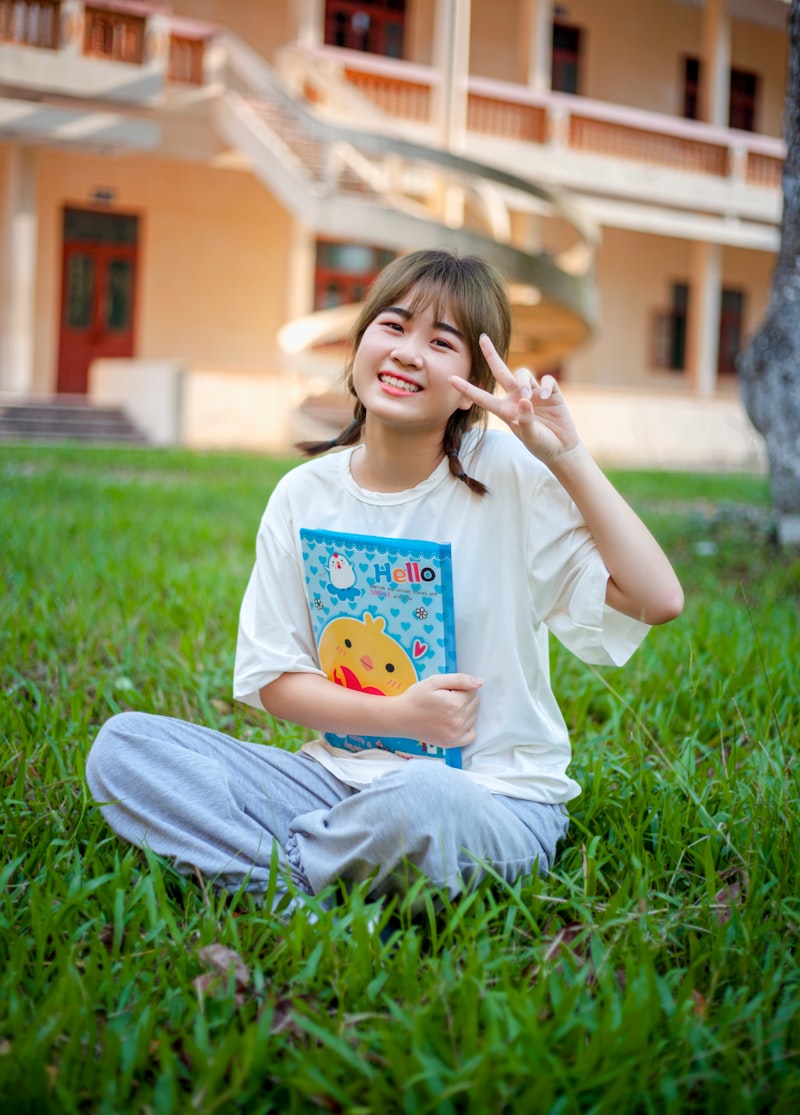
Are you a new parent worried about your baby’s sleeping position? Rest assured, we’ve got you covered! In this article, we’ll provide expert tips on choosing the right position for your baby to sleep safely. When it comes to your little one’s slumber, ensuring their well-being is of utmost importance.
So, what is the best sleeping position for your baby? The American Academy of Pediatrics (AAP) recommends placing infants on their backs to sleep. This position, known as the back-to-sleep position, helps reduce the risk of sudden infant death syndrome (SIDS). By placing your baby on their back, you allow them to breathe more freely and decrease the chances of any obstructions.
As you settle your baby down for bedtime, always remember to create a safe sleep environment. Remove any loose bedding, pillows, or toys from the crib that could potentially suffocate your baby. Keep the crib clear and clutter-free. Additionally, ensure that the mattress is firm and fits snugly into the crib, with no gaps around the edges.
While the back-to-sleep position is the safest choice, there may be certain instances where an alternative sleeping position is recommended. For instance, if your baby has gastroesophageal reflux (GERD), your pediatrician might suggest elevating the head of the crib slightly. This can help alleviate discomfort caused by acid reflux.
Another thing to keep in mind is supervised tummy time when your baby is awake and alert. Tummy time helps strengthen their neck and shoulder muscles and prevents flattening of the back of the head. However, never leave your baby unattended during tummy time, and always place them on their back to sleep.
When it comes to sleep, safety should always be your top priority. By following these expert tips, you can ensure your baby sleeps soundly and securely. Remember, the back-to-sleep position is the best choice, but consult your pediatrician if you have any concerns or specific conditions to consider. Your baby’s peaceful slumber awaits!
The Do’s and Don’ts of Baby Sleep: How to Keep Your Little One Safe at Night
Are you a new parent worried about your baby’s sleep? Don’t fret! In this article, we’ll walk you through the do’s and don’ts of ensuring a safe and sound slumber for your little one at night. Let’s dive in!
Do consider creating a consistent bedtime routine for your baby. Establishing a soothing routine signals to their tiny bodies that it’s time to wind down. Try incorporating activities like a warm bath, gentle massage, or reading a bedtime story. Consistency is key here!
Don’t overlook the importance of a safe sleep environment. Always place your baby on their back to sleep, as this reduces the risk of Sudden Infant Death Syndrome (SIDS). Use a firm mattress with a fitted sheet and avoid placing pillows, blankets, or stuffed animals in the crib.
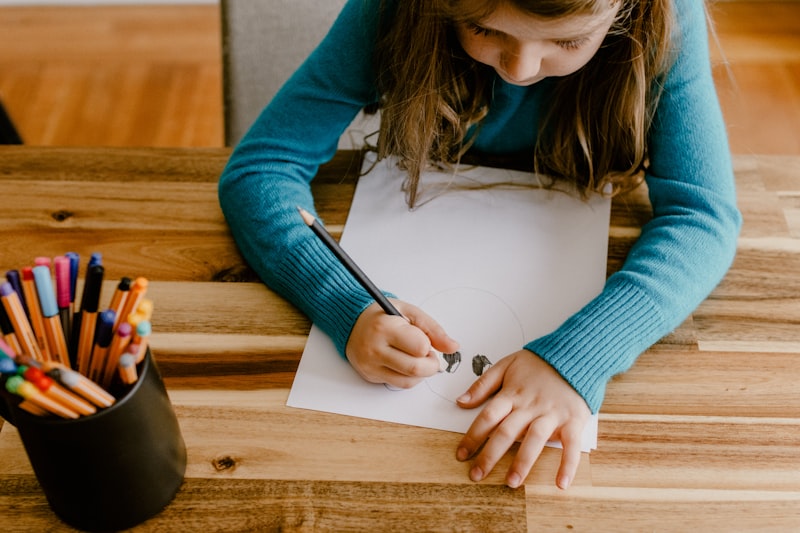
Do ensure that the room temperature is comfortable for your baby. Keep it cool but not too cold. A slightly cooler room can help prevent overheating, which is a risk factor for SIDS. Dress your baby in appropriate sleepwear to maintain a comfortable body temperature.
Don’t rush to pick up your baby at every sound they make. Infants often make noises during sleep without waking up. Give them a moment to self-soothe and fall back asleep before intervening. This encourages healthy sleep habits and prevents unnecessary disruptions.
Do be mindful of potential hazards in the sleep environment. Check the crib regularly to ensure there are no loose screws or broken parts. Keep cords and curtains away from the crib to avoid any strangulation risks. Safety should always be a top priority.
Don’t introduce sleep props or aids that may become sleep crutches later on. While it might seem tempting to rely on pacifiers, rocking, or feeding to soothe your baby to sleep, these habits can be hard to break in the long run. Encourage your little one to learn self-soothing techniques.
By following these do’s and don’ts, you’ll pave the way for safe and restful nights for your baby. Remember, every child is unique, so adapt these guidelines to suit your little one’s needs. Happy parenting and peaceful sleep!
Uncovering the Risks: Investigating Unsafe Sleeping Positions for Infants
When it comes to the safety of our little ones, nothing is more important than ensuring they have a secure and comfortable sleeping environment. As parents, we want to make sure our babies are protected from any potential harm, especially during their precious sleep time. That’s why it’s crucial to understand the risks associated with unsafe sleeping positions for infants. Let’s delve into this topic and shed light on the importance of safe sleeping practices.

One common unsafe sleeping position is placing infants on their stomachs. While it may seem cozy and natural, this position can actually increase the risk of sudden infant death syndrome (SIDS). When babies sleep on their stomachs, they may have difficulty breathing freely, as their tiny noses and mouths can become obstructed by bedding or even their own bodies. To prevent such risks, it is recommended to place infants on their backs to sleep.
Moreover, sharing a bed with an infant can create potential dangers. Although the idea of co-sleeping with your baby may sound comforting, it can pose serious risks, including suffocation or accidental strangulation. Soft pillows, heavy blankets, or an adult rolling over onto the baby can all lead to tragic consequences. Experts advise that infants should sleep in their own cribs or bassinets to ensure a safe sleeping environment.
Another risky sleeping practice involves using certain accessories like crib bumpers, stuffed animals, or loose bedding. These items can inadvertently cover an infant’s face, obstructing their breathing and increasing the chances of suffocation. It’s best to keep the sleeping area simple, free from unnecessary objects or potential hazards.
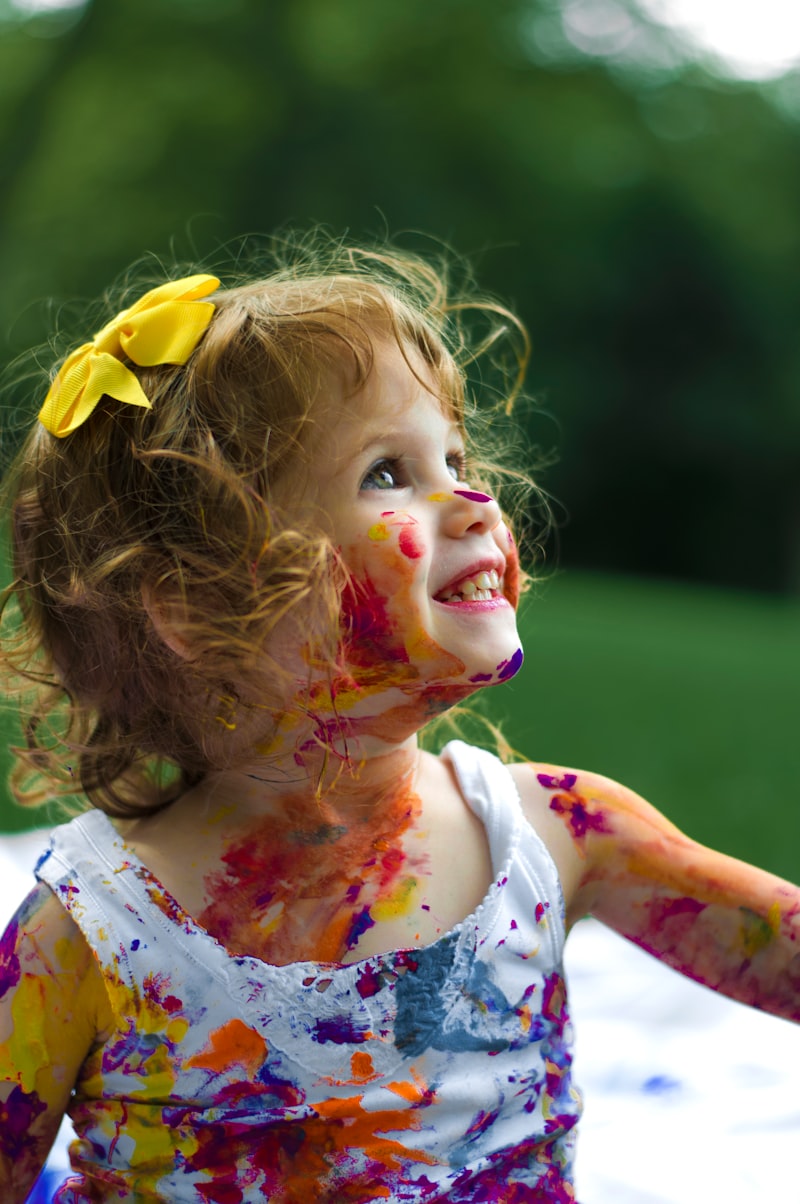
Ensuring the safety of our infants while they sleep is of paramount importance. By understanding and avoiding unsafe sleeping positions, we can significantly reduce the risks they face. Remember to always place your baby on their back to sleep, provide them with their own sleeping space, and keep the sleeping area free from any potential hazards. Let’s prioritize our babies’ safety and grant them peaceful nights of restful sleep.




